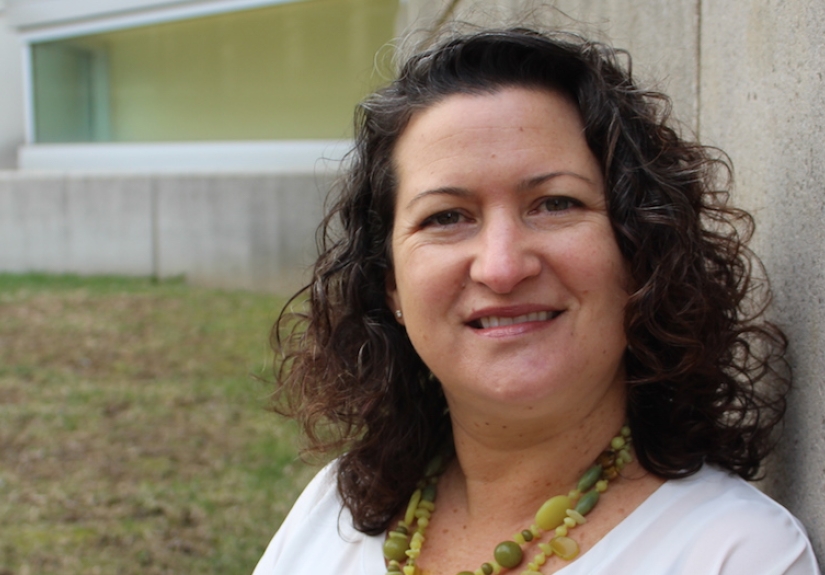Ohio State Public Health’s Erinn Aulfinger sat down with Liz Klein, PhD, MPH, associate professor of health behavior and health promotion, to discuss her work tackling tobacco use and how running gives her life balance.

Liz Klein, PhD, MPH
What drives your passion for public health?
When I started college, I wasn’t familiar with the idea of public health. I tried a few majors before I found a fit in community health education. Working in public health practice helped me find that behavioral epidemiology was my area of interest—where I could use health theory to better understand and intervene to prevent chronic health issues. For years I have been drawn to the complex health problem of tobacco use. With a well-funded adversary in the tobacco industry, I found my life’s work in efforts tackle this pervasive, global problem that remains a major contributor to morbidity and mortality.
How does the CPH community support you in developing this passion?
Unlike a lot of other research institutions, our culture in the College of Public Health supports breaking out of the “silos” and working collaboratively. I have partnered with researchers in multiple colleges within OSU and I appreciate the support to continue interdisciplinary research.
What research are you currently working on?
One of my current projects is an examination of the framing of health warning messages in a population of women of reproductive age. In this work, we want to understand if more positively framed messages (“quit today for the health of your baby”) are preferred over loss-framed messages (“smoking harms your baby”), which dominate tobacco health warnings. Surprisingly, little research has been done focused on women specifically, despite the FDA having a pregnancy-specific health warning for cigarettes.
You’ve been involved with some important research over the years related to at-risk populations and tobacco use. What’s the latest with that work?
Since 2012, I’ve been using eye-tracking technology in several experimental studies. We have studied over 700 participants to better understand the optimal features of health communications to attract adult consumers’ visual attention. Eye tracking research is providing important evidence that aims to inform best practices for tobacco control policies. Last year I took the lead on the creation of an open-access special issue of Tobacco Regulatory Science to highlight eye tracking research in the field. I’m proud that this issue highlights some of the important work being done with eye tracking technology in the field of tobacco control.
How has your approach to teaching changed over the years?
As an instructor, I’ve been keenly interested in how to best translate the connection and engagement of the classroom into the online environment. As there is a growing demand for content in hybrid and 100 percent distance formats, I aim to design my teaching curricula in a way that facilitates student learning in a flexible mode of delivery. Facilitating student learning to that “aha!” moment is a really gratifying experience as a teacher.
What are some of your passions and interests outside of work?
In my free time, I am a mediocre distance runner who tackles a few races per year to keep my sanity in check! I have two elementary school-age sons who like screen time and arguments, so the running helps to keep things in balance.











